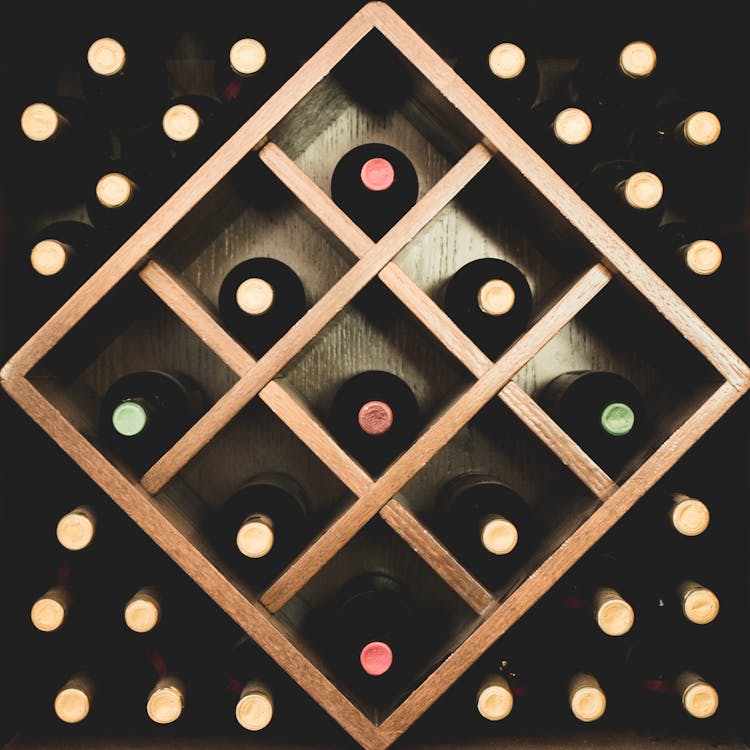Savoring Excellence: A Guide to Enjoying 90 Point Wines Like a Connoisseur
Savoring Excellence: A Guide to Enjoying 90 Point Wines Like a Connoisseur
Blog Article

What Makes 90 Point Wines So Special?
If you've ever wondered what separates a great wine from an exceptional one, you're not alone. The wine realm is filled with rankings, but few numbers carry as much significance as a ninety-point score. A wine rated ninety points or higher has been evaluated by experts for its remarkable balance, complexity, and overall excellence. But what does that mean for your goblet? And how can you genuinely appreciate wines that have earned this recognition?
This detailed guide takes you through everything you need to know about 90-point wines, from how they are graded to how you can optimally experience them at home.
Understanding Wine Ratings: The Influence of Ninety Points
How Wine Evaluations Work
Wine reviewers and journals use the 100-point scale to assess wines based on factors like bouquet, flavor, composition, and depth. Here’s a simple breakdown:
- 95-100: Extraordinary. These wines excel for their intricacy, harmony, and cellaring ability.
- 90-94: Outstanding. These wines are of excellent quality, delivering a memorable experience.
- 85-89: Remarkable. These wines are enjoyable and crafted well, though not as profound as top-tier options.
- 80-84: Good. Moderate wines that are pleasant but not remarkable.
A 90-point wine means you’re getting something truly remarkable—a bottle that meets expert standards and delivers a polished tasting encounter.
Why Does a Ninety-Point Rating Hold Significance?
A ninety+ score is more than just a digit—it’s a stamp of quality. It indicates that the wine has been scrutinized by industry professionals and deemed exceptional to most. While individual preference still plays a major part, understanding that a wine has earned this rating can ease the selection process, whether you’re a beginner or a experienced collector.
The Key Behind Ninety-Point Wines
What Contributes a Wine a Ninety+ Score?
Several essential elements contribute to a high wine rating:
- Balance: The equilibrium of acidity, tannins, fruit, and alcohol.
- Complexity: Layers of flavors and aromas that develop in the glass.
- Finish: A lasting aftertaste that stays after each sip.
- Aging Potential: Wines that mature gracefully over time often secure higher scores.
When these characteristics align seamlessly, a wine earns its ranking in the ninety-point club.
Common Qualities of 90-Point Wines
Though no two wines are identical, 90-point wines often possess these defining features:
- Rich and structured flavors – Expect concentrated fruit, spice, or earthy notes.
- Aromatic intricacy – From floral to smoky, the scent profile is multi-dimensional.
- Silky texture – Whether sharp or dense, the wine radiates refinement.
How to Select the Right 90-Point Wine
Pairing a 90-Point Wine with the Ideal Occasion
The allure of highly rated wines is that they elevate any moment. Here’s how to pick the ideal one for different settings:
- Casual Gatherings – Choose a velvety, easy-drinking red or white.
- Festive Celebrations – Opt for a intense, structured wine with depth.
- Gourmet at Home – Mature wines or full-bodied reds complement the culinary experience.
Your Next Wine Journey Awaits
Enjoying ninety-point wines isn’t just about the rating—it’s about the complete journey. Whether you’re savoring a glass with dinner, toasting a memorable occasion, or discovering unfamiliar tastes, these wines offer a delightful voyage.
Next time you’re choosing a bottle, let your taste direct you. Venture, explore, and indulge—because every remarkable bottle has a story yearning to be told. Cheers to your next unparalleled sip!
Share your insights and keep this website an eye out for our latest content with regard to rutherford cabernet sauvignon today. Report this page